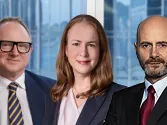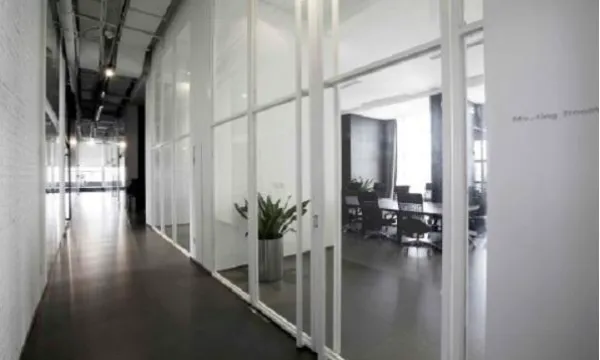
Australian suburbs to flourish as flex workplace models boom
Flex space drove 109,000sqm or 31% of net absorption in Australian office markets over 2018-19.
Core + flex workplace models will likely become the way of the future for many Australian office occupiers, providing the opportunity to retain a CBD presence while enabling a more agile “hub and spoke” office strategy and allowing greater flexibility for employees.
This emergent model, and an associated focus on employees being given the choice to work from multiple locations, is predicted to drive a rise in interest in suburban locations—especially in Australia’s most populous cities of Sydney and Melbourne—according to ‘Future is Flex’, the latest CBRE Research Market Snapshot.
It will also provide an opportunity for flex operators impacted by the current COVID-19 environment to expand their horizons as occupiers seek out new workplace solutions.
“As lease expiries occur over the coming years, we expect that more office occupiers, larger ones in particular, will adopt core + flex models to create a truly agile real estate portfolio,” Mark Slater, Head of CBRE Pacific’s Advisory & Transaction Services – Occupier business, noted.
“Flex operators have the ability to provide the “spoke”, giving access to short or long-term space which offers a high level of amenity, particularly in suburban locations that were often given less consideration prior to COVID-19.”
Flex space, including co-working centres and serviced offices, has expanded rapidly over recent years, driving 109,000sqm – or 31% - of net absorption in Australian office markets over 2018-19.
Flex operators now occupy ~353,000sqm of office space in the Sydney, Melbourne, Brisbane and Perth CBD markets; however, widespread lockdowns over April and May saw footfall within flexible space centres plummet by 70-90%.
This situation is still being faced in Melbourne, which has entered Stage 4 restrictions—and while other Australian cities have seen footfall improve since May, even in locations with the strongest recovery, footfall remains 10-20% below 2019 levels.
“Truly flexible space gives occupiers the opportunity to dial up or dial down their portfolio size in lockstep with changing business demands and user preferences,” Mr Slater, explained.
“Whilst we expect to see some contraction and consolidation, the economy will ultimately turn upwards and with this, the demand for office space will grow again. It’s in this environment, that on-demand and flex space will augment the needs of organisations that put their pre-COVID space expansion plans on hold as occupiers return to the workplace.”
Mr Slater added that, in the long-term, flex operators that survived the downturn would be well positioned to accommodate the next evolution in working strategies – including flexible and remote working, and hub and spoke models.
“We also expect that landlords will become larger players in the provision of flex space through their own offering or partnering with operators.”
CBRE’s report reveals the Sydney and Melbourne locations that are slated to experience an increase in flex offerings in coming years, including opportunities in Sydney’s south and east, and innovation clusters in Melbourne.
While flex operators already exist in some suburban locations, these are predominantly smaller, niche operators, with larger operators having tended to prefer CBD locations which draw larger pools of employees.
Bradley Speers, CBRE Australia Head of Research, said that the Greater Sydney Commission’s Three Cities plan would lead Greater Sydney to evolve westward over coming decades, as Parramatta and the Olympic Peninsula filled out and the Western Sydney Airport began operation; however, at present, locations east and south of the Sydney CBD would provide a larger pool of white-collar employees within a short commute time.
“Flex operators looking to expand should consider commercial centres in Bondi Junction and Rockdale, with 142,252 and 107,918 white-collar employees within a 15-minute drive, respectively – as well as the more established suburban office markets of Parramatta, Chatswood and Macquarie Park,” Mr Speers added.
In Melbourne, the report flags La Trobe and Parkville as upcoming flex hubs, each with a far higher number of white-collar employees within a 15-minute drive than the other suburban locations tested for the report, with 148,068 and 140,113 commuters, respectively.
These two locations are National Employment and Innovation Clusters identified by the Victorian Planning Authority and will house a diverse range of ‘smart’ jobs in the fields of research, health, technology, IT and business services.
“Startup companies will be a large feature of these locations, providing opportunities for flex operators to accommodate short-term tenant requirements but also provide space for company growth,” Mr Speers said.
“An interesting revelation from discussions with flex operators interviewed for this report was that footfall in suburban locations has held up better than in some CBD locations, presumably due to some users wanting to avoid public transport and employees gravitating towards flexible work arrangements, opting to work from home and remote more regularly.”


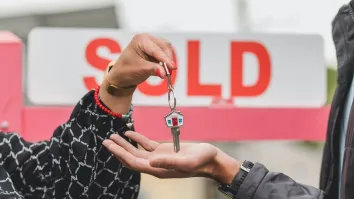
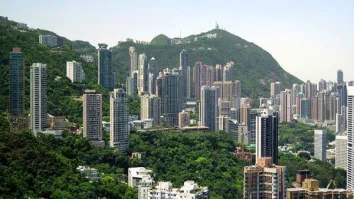
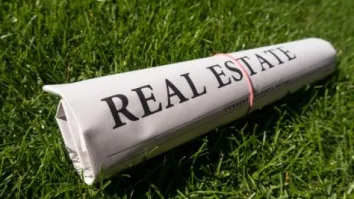
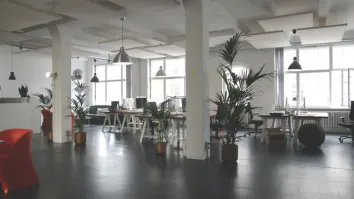
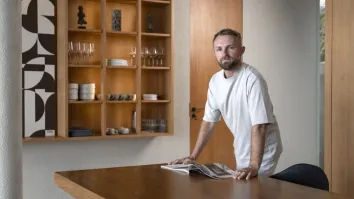



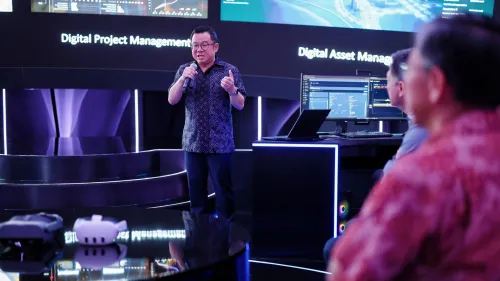



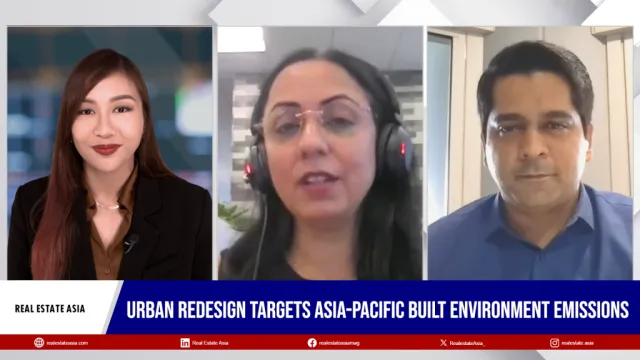




 Advertise
Advertise


